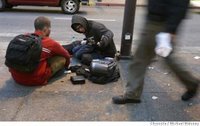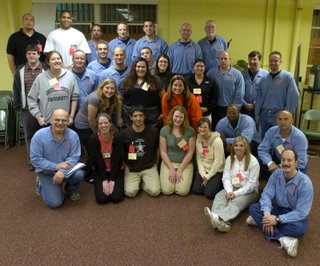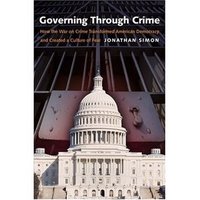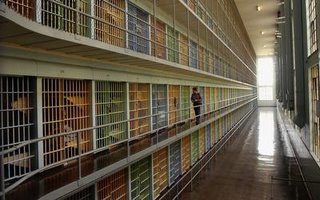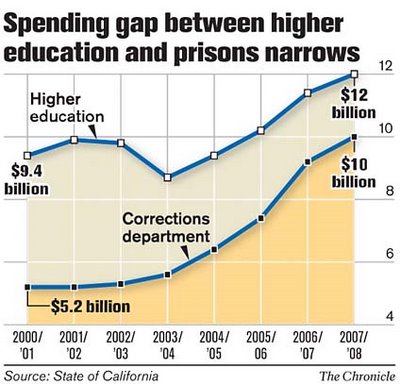 the san francisco chronicle offers a well-researched story by james sterngold on spending for prisons relative to higher education, but the figure above pretty much nutshells the story in california:
the san francisco chronicle offers a well-researched story by james sterngold on spending for prisons relative to higher education, but the figure above pretty much nutshells the story in california:
According to the May revisions of Gov. Arnold Schwarzenegger’s budget, the state will spend $10 billion on prisons in fiscal 2007-08, a 9 percent increase from last year. Higher education spending will come to $12 billion, a nearly 6 percent increase. Moving forward, the legislative analyst says, spending on higher education probably will grow around 5 percent a year, while prisons spending will grow by at least 9 percent annually.

